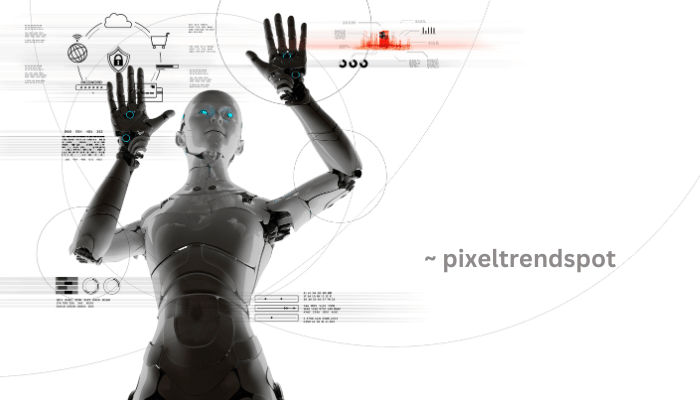Worried About AI-Generated Images? 5 Ways To Find Out
AI images are just out here really invading the uncanny valley. AI-generated images may be a helpful feature for some, but to others, it’s an attempt at perhaps the most nefarious use of this “feature”: creating deepfakes and forged images. Fake news creates a lot of reaction, and it gives us an example where there are images that use AI to fool people into believing such as the former US President Donald Trump who was already arrested or perhaps simply using a controversial image when the new Pope appears with him wearing a refreshing opened style. However, there are some things that might help people in order to separate these images from actual ones.

Top 5 Pointers for Identifying an AI-Generated Image:
Here are the top five things to look out for if you suspect that an image might be generated by a machine as opposed to capturing reality:
- Image Title, Description, and Tags Check This is likely the easiest way to determine if an image was made by AI rather than humans. There is so much paranoia that companies are urged to be open about the source of their AI-created visuals. A substantial portion of that has to do with metadata in the image. This implies that if stock agencies start allowing AI-generated files into their libraries, they will tag these as AI. The image title or description should be sufficient. To identify an image created by AI you just have to pay attention to a few clues.
- Downside: Look for Physical Impairments While AI has made major leaps in the last few years, it is still far from perfect. The fact that AI-generated images often have visual artifacts and small tells is something Yoltaselli told me he tried to allude to with the snail in Glass House. This is how anomalies usually manifest themselves by the wrong work of machine learning algorithms, which makes an effect on image-based creation. By perceived imperfections, I do not mean to make any mention of the fact that our actors and actresses have uneven eyes or pathetic fake teeth stuffed in their mouths; they are like plot holes on a screenplay – misshaped fingers whose shape is off-tune with nature.
- Lurk for Jumbled Text All the high-functioning algorithms, which create pictures with AI and were programmed accurately to work out singular combinations of available data. But in the written word, a novel string of letters will almost invariably lead to what would be an understandable sentence turning into nonsense. Chairs, storefronts, and bedroom posters look like alien written language on street signs. Therefore, you can check for hidden text in the background of an image to find exactly which images are AI produced.
- Unusual Lighting and Shadows The same theory can be linked to odd shadows found within an image generated by an AI. When building from scratch an opera vision, AI will be overzealous and sample lighting & shadows, that it appears unnatural for a scene like this. These aren’t as noticeable as the others but are easily seen if looking for them. Watch how the light hits things and that the shadows are right for where your light sources should be.
- AI-Detection Software Alternatively For instance, tools like Microsoft Video Authenticator and Mayachitra’s GAN detector can find AI-faked images. Now, not all these software tools are operational level in real-world usage but the works of many regarding connecting and using GPT-3 API are getting good. These tools can provide some extra proof that helps you confirm if the images are generated by AI or not.
Conclusion
With the development of AI technology, these methods will continue to evolve-producing images that can be far too real for even amateur humans like me. Through these five steps- metadata, distortions, garbled textography, and light-shadow scrutiny with a little help of AI-detection software to assist you – protect yourself from the deceit that comes along many an image today. In this day and age, you have to keep yourself informed and vigilant because digital content can be tampered with easily.
